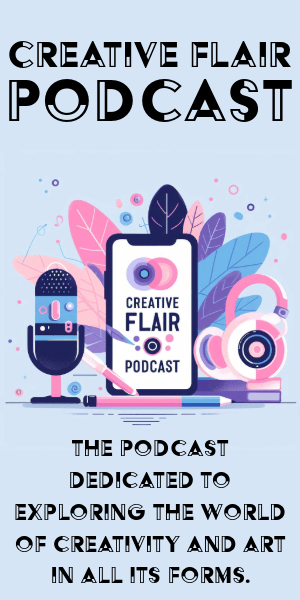The emergence of Gothic culture marks a significant shift in the artistic and literary landscapes, emerging as a counterpoint to the Enlightenment’s rationalism. This cultural movement, with its dark allure and emphasis on the macabre, invites us into a world where shadows hold more than just absence of light, offering a lens through which we can examine the darker facets of human nature and the architectural grandeur that embodies these themes.
The Birth of Gothic Culture
Gothic culture took its first breaths in the shadowy aftermath of the Enlightenment, a period that worshipped reason and empirical evidence over the unquantifiable realm of emotion and imagination. Yet, as the 18th century waned, a shift began to stir. The Romantic movement, with its heart set on nature, emotion, and individualism, pushed back against the cold, calculated touch of the Enlightenment. This rebellion laid the fertile ground from which Gothic culture sprang.
At the core of early Gothic was a fascination with the darker aspects of human nature and the unexplored corners of the human psyche. This was a world where the macabre and the sublime weren’t just acknowledged but celebrated. The sublime—an overwhelming sense of awe or terror in the face of nature’s grandeur or in confronting the supernatural—became a cornerstone of Gothic expression.
Architecture served as the physical manifestation of this infatuation with the shadowy and monumental. Gothic cathedrals, with their soaring spires and intricate carvings, seemed to pierce the very heavens, while their dimly lit interiors whispered of mysteries too profound for the light of day. This architectural style, hailing from the medieval period, was revived as a backdrop against which the Gothic narrative would unfold.
Literature, too, became a conduit for exploring these themes. It was Horace Walpole’s “The Castle of Otranto” (1764) that pioneered the Gothic novel, marrying medievalism with the supernatural. This work opened the floodgates to a wave of literature that dived deep into explorations of horror, passion, and the uncanny. Mary Shelley’s “Frankenstein” and Bram Stoker’s “Dracula,” among others, followed, etching the Gothic fascination with life beyond death into the cultural consciousness.
Visual arts did not remain untouched by the Gothic’s dark allure. Artworks began to reflect turbulent skies, twisted landscapes, and ghostly figures, encapsulating the sublime terror and beauty at the heart of Gothic ideology. Each brushstroke spoke of a world teetering on the brink between the divine and the damned.
The early influences of Gothic culture, stemming from societal unrest, shifts in artistic expression, and an embrace of what many preferred to leave in the shadows, wove together a rich tapestry that continues to evolve. The Romantic movement’s surge of emotion against reason’s tide, combined with an appreciation for medieval architecture’s grandiosity and literature’s dive into the depths of terror and wonder, shaped a culture that finds beauty in darkness, seeking to understand what lies beyond the edge of reason.
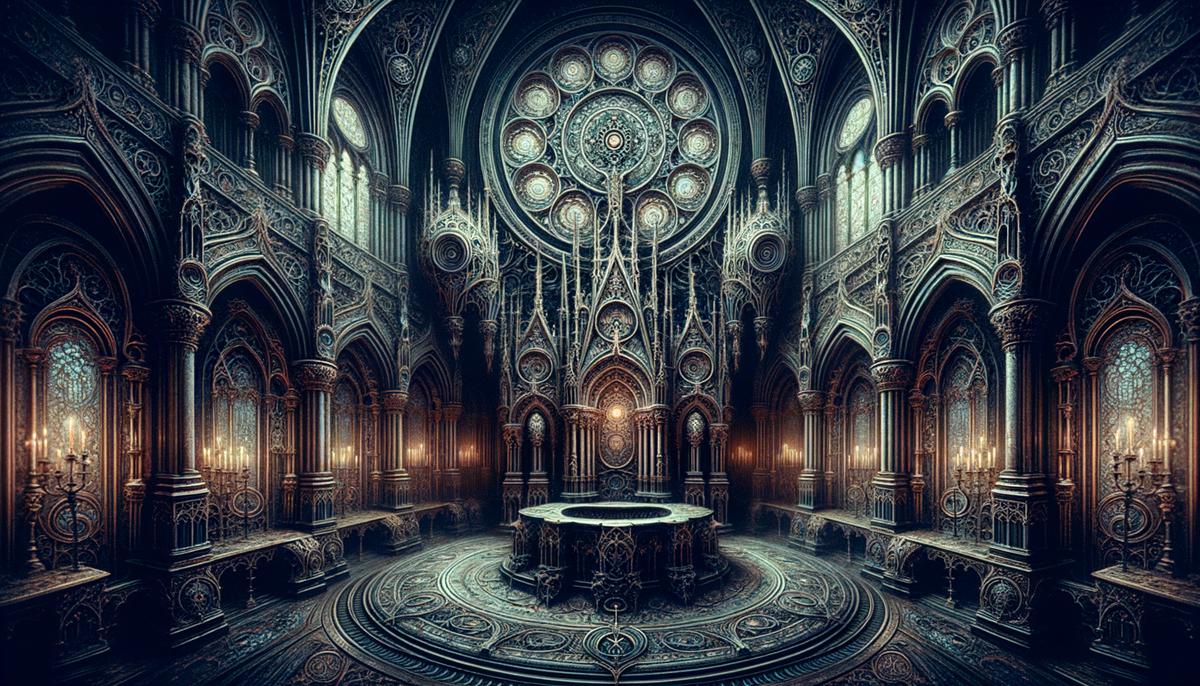
Gothic Literature: A Tapestry of Darkness
Gothic literature thrives on an atmosphere seasoned with mystery and dread, a feature vividly portrayed through settings in ancient castles, dark forests, and labyrinthine mansions, all teeming with secrets waiting to unravel. The very foundation of these narratives rests on these haunting landscapes that are not merely backdrops but act as vital characters themselves, influencing events and the mental state of protagonists.
Foreboding castles and manors, often perched on stark cliffs or hidden in deep woods, become stages where the human psyche is dissected, revealing fears, desires, and duality. The architectural elements of these settings—spiral staircases that lead nowhere, concealed rooms, and crumbling structures—mirror the complexity and unpredictability of the human mind.
The protagonists in Gothic tales, from Mary Shelley’s “Frankenstein” to Bram Stoker’s “Dracula,” embody the dual nature of mankind, showcasing a struggle between enlightenment and darkness, science and superstition. Victor Frankenstein’s creation, an amalgamation of dead tissues, becomes a study on isolation and the quest for identity, while Dracula epitomizes the eternal struggle with mortality and the darker sides of human desire.
Edgar Allan Poe masterfully captures the essence of Gothic fiction through his exploration of the abnormal psychology of his characters. In “The Tell-Tale Heart,” Poe delves into guilt and paranoia, crafting a narrative that blurs the line between sanity and madness. This preoccupation with the human mind’s frailties is a distinctive trait of Gothic literature, probing beyond surface horror into the deeper, psychological terror.
Supernatural elements interwoven with mortal concerns present another hallmark of Gothic literature, creating a bridge between the known and the unknown. Ghosts, demons, and unspeakable creatures step out from the shadows, often serving as metaphors for internal conflict or societal fears.
The Gothic novel also frequently touches on themes of morality and redemption, exploring the consequences of transgression. Characters like Dorian Gray embody the moral decay hidden behind a facade of beauty and charm, while Robert Louis Stevenson’s Dr. Jekyll and Mr. Hyde confronts the notion that within each person resides both good and evil.
Incorporating these elements, the Gothic genre holds up a dark mirror to society, reflecting its flaws and anxieties. It underscores the idea that true horror stems not from spectral apparitions but from the depths of the human experience—our capacity for love that borders on obsession, ambition that descends into madness, and quests for knowledge that lead to ruin.
Authors like Mary Shelley, Edgar Allan Poe, and Bram Stoker did not just create tales to terrify; they delved into uncharted territories of the human condition. Their works stand as intense psychological dramas played out against the backdrop of nightmarish landscapes, their gloomy aesthetics embedding themselves in the reader’s imagination.
Gothic literature’s enduring legacy is evident in its capacity to adapt and reflect contemporary fears. The genre continues to evolve, resonating with new generations by exploring themes such as existential dread, societal decay, and technological overreach, always reminding us that sometimes the most familiar strangers are ourselves.
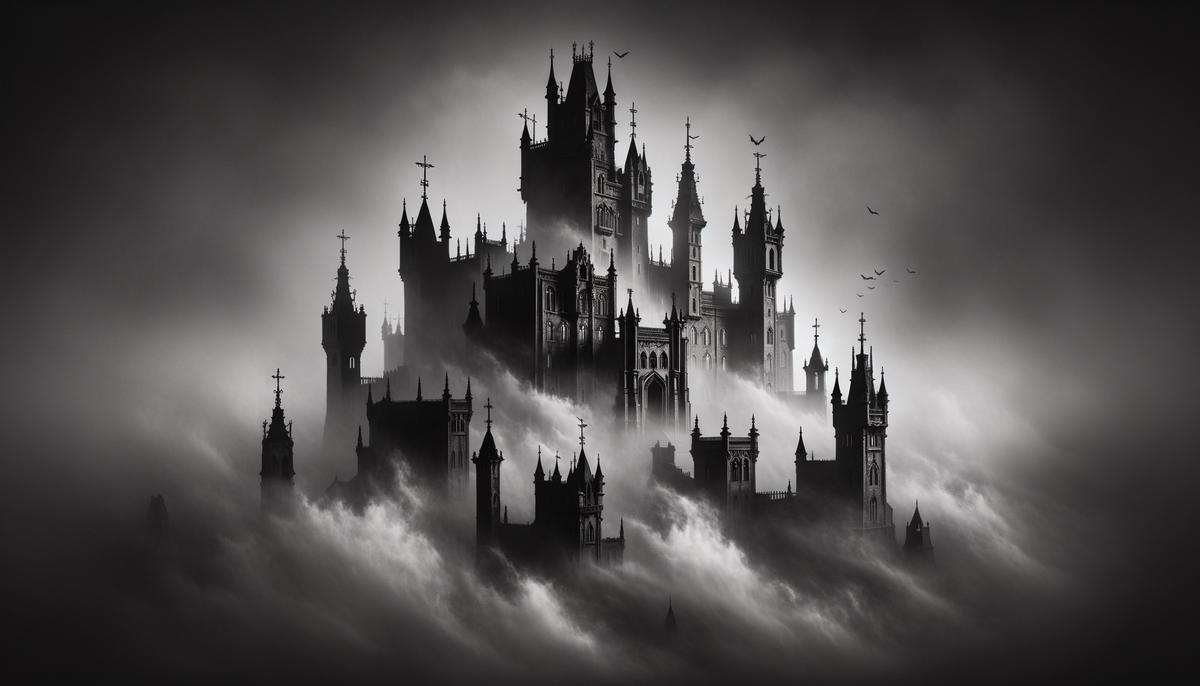
Visual Arts and the Gothic Aesthetic
The visual arts have leveraged Gothic culture to craft unique depictions of melancholy, haunting beauty, and existential dread. This is vividly portrayed through the intense, emotion-laden work of Francisco Goya. Goya’s paintings, teeming with shadows and grotesque figures, delve into the darker recesses of the human condition, effectively capturing the essence of Gothic horror and despair. His “Black Paintings,” for example, are replete with ominous imagery that serves as a critical commentary on societal and personal turmoil.
In the realm of sculpture, Gothic themes manifest through figures that are at once elegant and eerie. These sculptures often feature elongated forms, exaggerated expressions of anguish or ecstasy, and intricate detailing that mimics the Gothic architectural flourish. The portrayal of skeletal figures, angels, and demons in mid-motion evokes a sense of the ethereal, the transcendent, and the macabre side of existence.
The influence of Gothic aesthetics can also be traced to the film industry, particularly in the works of directors such as Tim Burton. Burton’s movies are a testament to the continuing relevance of Gothic culture, embracing its classical themes while infusing them with a distinctly modern sensibility. His signature style — a blend of whimsical and sinister elements — transforms ordinary settings into fantastical landscapes where the extraordinary becomes the norm. Films like “Edward Scissorhands” and “The Nightmare Before Christmas” are prime examples of how Gothic themes of isolation, otherness, and unattainable desire are explored through stunning visual storytelling.
The Pre-Raphaelite Brotherhood, on the other hand, injected Gothic elements into fine art with their sumptuous yet morbid depictions of Arthurian legends and doomed love. Their work, emphasizing sensuality intertwined with despair, pulls the viewers into narratives that transcend time yet remain deeply grounded in Gothic traditions. Here, the aesthetic combines lush, vivid detail with themes of decay and longing, showcasing the paradoxical beauty inherent in Gothic culture.
Furthermore, contemporary Gothic fashion in visual art shines light on the modern evolution of Gothic aesthetics, exploring a range of expressions from cyberpunk to Neo-Victorian. Music videos and fashion editorials often employ Gothic motifs, such as opulent decay or stark monochromatic scenes pierced by vivid splashes of color — a visual representation of the struggle between life and death, light and darkness.
Gothic culture’s foray into visual arts paints a complex picture laden with contrast — where horror meets beauty, and despair coexists with passion. As it continues to evolve, it challenges creatives to reimagine its thematic boundaries and visual motifs, making it perpetually relevant in a world that is increasingly fascinated by the melding of the historic and the forward-looking, the tangible and the metaphysical.
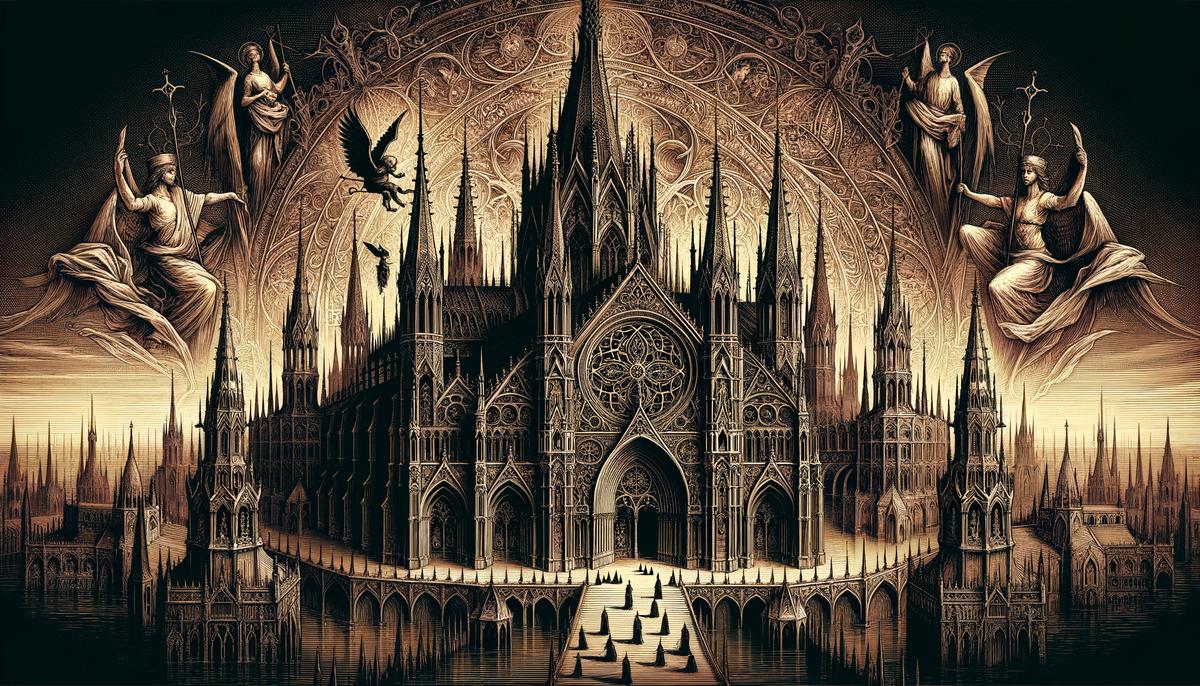
Gothic Culture in the Modern World
As Gothic culture seeps into the 21st century, its evolution has taken paths through both overt and subtle mainstream transitions, markedly influencing today’s societal norms. One cannot overlook the presence of Gothic themes in modern literature, weaving through the fabric of horror narratives to dark fantasy realms. These genres, now pillars of popular culture, owe much to Gothic traditions that emphasized the bizarre and the grotesque, pulling readers into a world where fear and wonder coexist.
The resurgence of interest in themes akin to dark academia— an aesthetic and intellectual movement embracing classical education while imbued with Gothic elements of mystery and melancholy—speaks to the Gothic culture’s adaptability. This fascination with the darker side of human nature and academic elitism not only mirrors the Gothic’s historic essence but resonates with contemporary youth, advocating for a deeper, more reflective approach to education and life.
In cinematic realms, the influence of Gothic culture is undeniable. Modern directors harvest from this rich tradition to enhance visual storytelling, employing shadowy settings, ethereal lighting, and narratives that often dance on the edge of the human psyche’s darker recesses. The works of auteurs like Guillermo del Toro resonate deeply with Gothic tropes, blending fairy tales and horror to critique and understand reality’s horrors.
Gothic influence in music transcends mere thematic inspiration, molding entire subgenres around its core principles. Bands within the realm of gothic rock and metal frequently incorporate themes of existential dread, romance, and the macabre, channeling the emotional intensity and introspection that characterized Gothic literature and art. This sonic exploration provides a sanctuary for those who grapple with their shadows, making Gothic music a form of modern kinship and identity.
Fashion, too, has not remained untouched. Gothic subcultural fashion continually evolves, incorporating elements from punk, Victorian attire, and fetish wear to express identity and resistance against mainstream norms. This fluidity— characteristic of Goth fashion— highlights the subculture’s root in rebellion and individualism, traits deeply embedded in Gothic literature’s celebration of the outsider and the misunderstood.
Amidst these cultural threads lies a unifying theme: the exploration of the shadow self. In psychology, Carl Jung identified the shadow self as an integral part of the human psyche, made up of repressed ideas, weaknesses, desires, and instincts. Embracing this concept, modern iterations of Gothic culture encourage an introspective journey into these uncharted territories of the self, reflecting a broader societal shift towards understanding and accepting the complexities of human nature.
Gothic’s legacy is also visible in daily speech and social interactions. Phrases tinged with a Gothic sensibility pepper conversations, especially in discussions around Halloween or when exploring the quintessentially eerie or unexplainable facets of existence. This linguistic thread might seem minute, but it further cements Gothic culture’s pervasive influence across diverse aspects of modern life.
As this exploration reveals, Gothic culture’s enduring legacy is not confined to its historical or literary roots; it thrives in contemporary attitudes, expressions, and quests for meaning amidst the ambiguous and unknowable. Through its myriad forms— literature, film, music, fashion—the Gothic continues to enrich the tapestry of modern culture, inviting relentless inquiry into both the darkness and the light that define human experience. In essence, the evolution of Gothic culture embodies society’s ongoing dance with ambiguity, mystery, and the profound search for understanding in an ever-complex world.
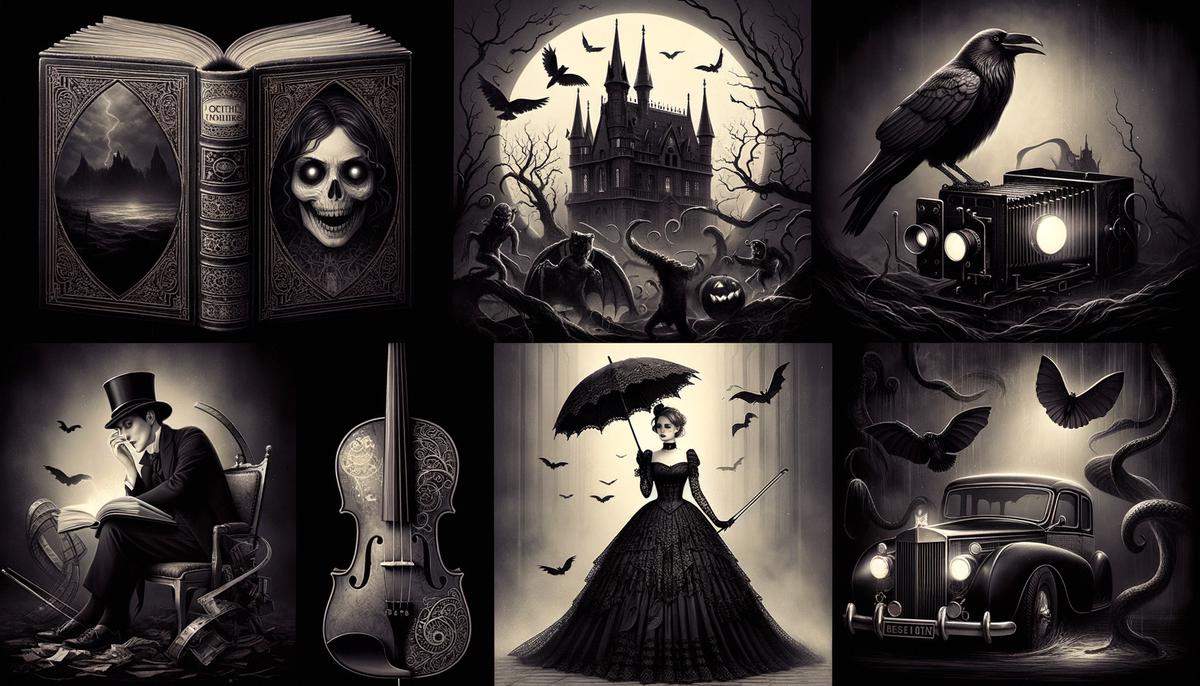
In essence, Gothic culture serves as a mirror reflecting the perpetual dance between darkness and light inherent in human experience. Through its various manifestations – literature, art, film, music, and fashion – it continues to offer profound insights into the complexities of the human psyche, encouraging a relentless inquiry into the ambiguous and unknowable aspects of our existence.





















